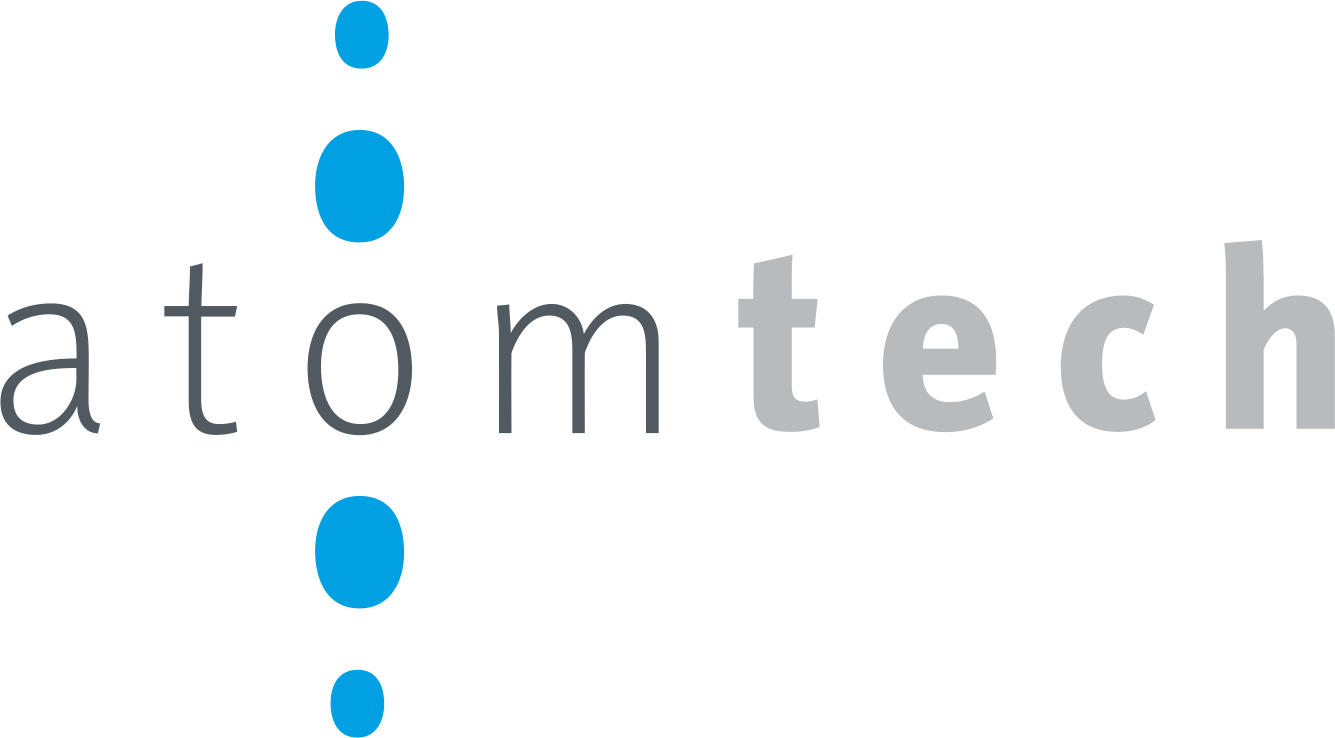Length – 3 dni
Overview
This three-day course presents a methodology for designing a VMware Horizon® solution. The design methodology includes recommendations for the type of information and data that must be gathered and analyzed to make sound design decisions for client systems, desktop options, VMware vSphere® infrastructure, and VMware Horizon components. VMware best practices are presented for each phase of the design process. In this course, you apply your new knowledge by working with other participants to design a VMware Horizon solution for a real-world project.
Prerequisites
This course recommends the following skills and knowledge:
Virtualized desktop implementation experience.
Understanding of concepts presented in the VMware Horizon 7: Install, Configure, Manage [V7] course or equivalent experience.
Understanding of concepts presented in the VMware Data Center Virtualization Fundamentals course.
Audience
Experienced system administrators and system integrators responsible for designing and implementing VMware Horizon solutions.
Course Outline
Course Introduction
Introductions and course Logistics.
Course objectives.
Infrastructure Assessment
Define customer business objectives.
Gather and analyze business and application requirements.
Use a systematic methodology to evaluate and document design decisions.
VMware Horizon Design Identify the design process to build a VMware Horizon solution.
Identify the VMware Horizon reference architecture.
Outline the process to define a use case.
Determine use cases for a given business case study.
Outline the process to define service definitione.
VMware Horizon Block and Pod Design
Identify the components of a typical VMware Horizon block and pod.
Outline the relationships between VMware Horizon management block components.
Design a VMware Horizon desktop block and pod configuration for a given use case.
Configure cloud pod architecture for multisite pool access.
Pool and Desktop Configuration
List the key considerations for sizing hardware for a desktop virtual machine.
Identify key virtual desktop performance tuning and Windows optimizations and their effects on VMware Horizon performance.
Map use cases to VMware Horizon instances and VMware Horizon pools.
Design desktop pools for a given use case.
VMware Infrastructure Design
Identify factors and design decisions that determine the sizing for VMware ESXi™ hosts•.
Estimate and size CPU and memory requirements.
Determine cluster requirements for VMware vSphere® High Availability and VMware vSphere® Distributed Resource Scheduler™.
Outline the privileges that are required by an administrative user account.
Storage Design
Identify factors that determine the sizing for shared storage.
Determine storage-sizing formulas for clone disks.
Reduce storage requirements with instant clones.
Identify use cases and benefits of using View Storage Accelerator.
Identify use cases and benefits of using VMware vSAN™.
Network and Security Design
Identify the design decisions related to bandwidth use.
Identify use cases and benefits of using load balancing and traffic management.
Identify the best practices for avoiding network congestion.
Recognize the PCoIP and Blast Extreme optimization strategies.
Describe the design considerations for sizing network capacity.
Evaluate security features of the security server and VMware Unified Access Gateway™.
Compare the security server and Unified Access Gateway.
End-User Session Design
Configure Horizon Persona Management for end-user personalization.
Discuss the use of VMware User Environment Manager™ for personalizing desktops.
Identify VMware best practices for Active Directory containers, groups, and Group Policy.
object policies in a VMware Horizon solution. Identify VMware best practices for True SSO.
Identify client device characteristics and requirements.
Delivering and Managing Applications
Describe the importance of the application delivery mechanism.
Determine which VMware Horizon application tool should be used to accomplish which business objectives.
Design and create Remote Desktop Services farms and application pools.
